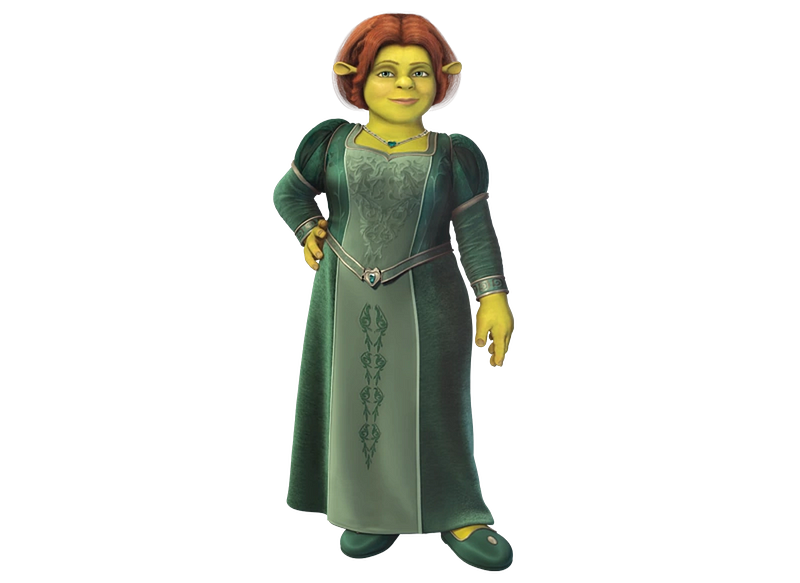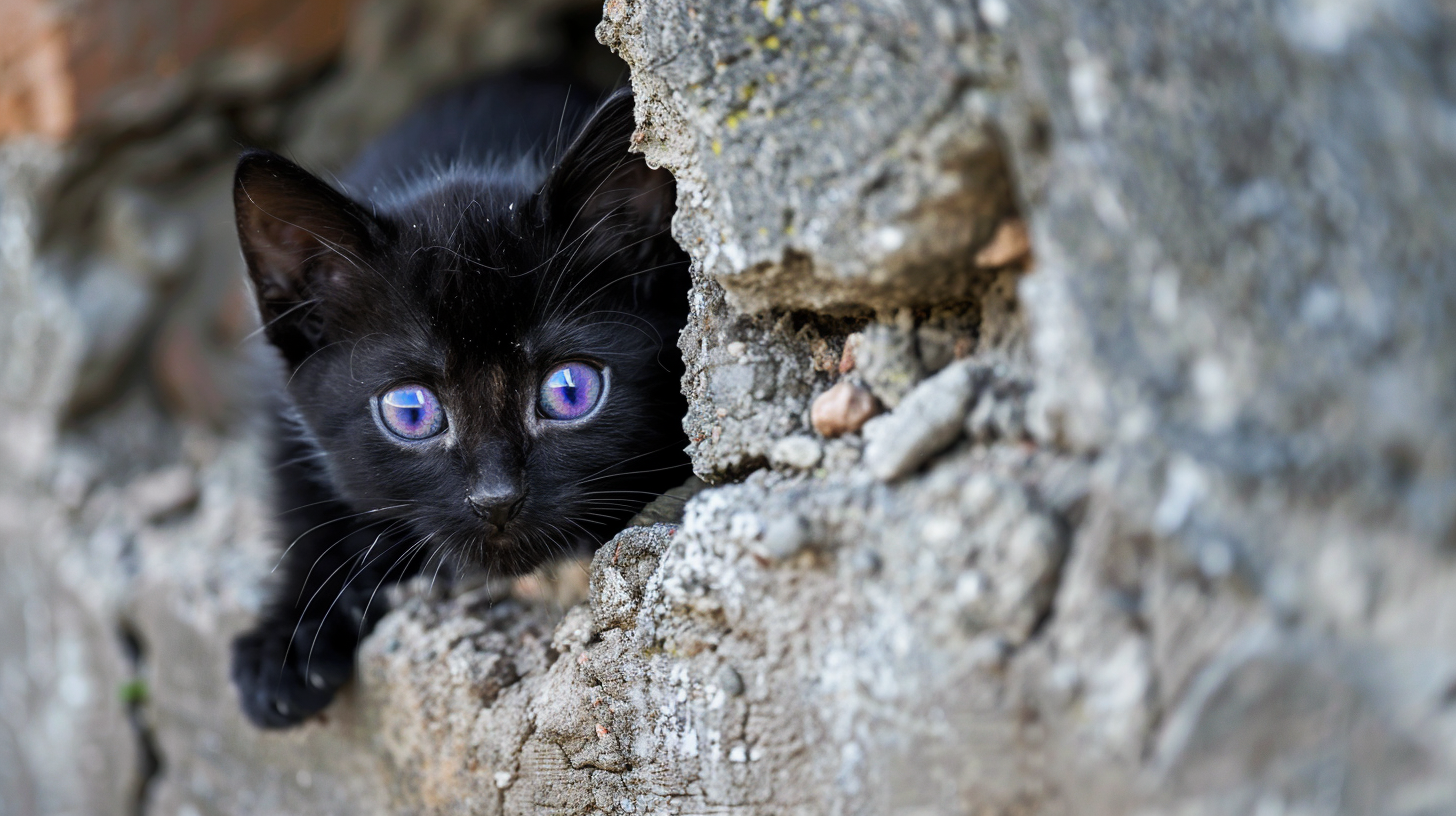Gender Transition: You Are Who You Have Always Been
“Who could ever love a beast so hideous and ugly?” Princess Fiona, “Shrek”


In the movie “Shrek,” Princess Fiona is cursed to change from human to ogre form when the sun sets. She lives in constant fear that if she does not hide her ogre form from the world, she will never meet her true love. The situation is complicated by the condition that the curse may only be broken by a kiss from her true love.
As a princess, Fiona’s social environment imposes many expectations, not the least of which is that she present as tall, lithe, and beautiful, with flowing red hair. But Fiona falls in love with Shrek, an ogre. All Fiona wants is to love Shrek, to blow frogs into balloons for him, and to dance in meadows together. As an ogre, Shrek is not accepted by Fiona’s society, and her struggle to find her true love is a parallel search to realize her identity.
The confluence of Fiona’s external presentation and her self-realization is similar to the transgender experience. We also face society’s expectations in how we present. We also only want to express ourselves as who we truly are. And unfortunately, our self-realization is linked to adopting a presentation society may reject.
But our identity was always there. The only true change that occurs is external. And that is why gender transition is so complicated.
The Reflection and the transgender experience
Days after I began hormone therapy to transition gender in July, 2022, I found myself feeling emotions and physical pain I never could before. The sensation was unfamiliar: both welcome and frightening. Although I appreciated living life with more color — seeing the world around me with fresh eyes — I was faced with a new depth of experience I had no mastery of processing.
Because I gained insight into my own transgender experience while changing the reflection in the mirror, I named the general schism between our external presentation and our internal identity The Reflection. The schism is built from the need to present ourselves to society — with clothes, jewelry, makeup, style of communication, etc. — in a manner incongruent with our feelings about them, whether those feelings are conscious or unconscious.

The transgender experience is a particularly obvious example of The Reflection, as our external presentation is not the correct gender. But The Reflection exists in other forms, including the midlife crisis, where we discover — sometimes very forcefully — that how we lived our lives to achieve our current position does not correlate with the ideals we held in our youth.
The dissonance we feel is not necessarily voluntary. We do not choose the socio-environmental factors in which we grow up. We may never identify that the shame and guilt we feel comes from favoring outside forces over our own judgment.
Becoming more of who we are
During a gender transition, many of us tell family, friends, and co-workers we are the “same person” we were before. We may even emphasize “even more the same person,” as we will match our external presentation with our internal personality, creating what we perceive to be a whole human. To us, the “same person” refers to our identity — our deepest motivations and desires — not the fragile shell of presentation within society.
What we discover is that society is unconcerned with identity. Instead, society is concerned with membership within the tribe, with us filling roles defined by physical structure, conformance to political norms, and socio-economic status. To society, it is irrelevant that our identity is represented accurately.
When Fiona visits her parents with her true love Shrek, her parents are disgusted by Fiona’s ogre form and conduct. Her parents want Fiona to present as human and beautiful — as befits a princess. They prefer her harmonizing over being happy, having realized who she is, and living it. Fiona’s strength of character allows her to reject her parents’ expectations and return to live with Shrek in the swamp, but that act of defiance and affirmation is not an easy one.
Transition allows transgender people to live according to our identity and to be happy. But we must be willing to let what is inside manifest as the outside, in the hope that we find another true love — ourselves.
Our transition may not be recognized by others
Even after completing transition and presenting as our true gender, it is common for others to treat us as if we still presented in the manner we did before. The change can be difficult to process for those around us. What we perceive as obvious and natural requires conscious effort by others. They must work to view us as our new gender, to treat us as the men and women we are, and to use our names and pronouns earnestly.
To us, it feels obvious and natural because — despite the outward appearance of our assigned gender — we were never the person reflected by the mirror. We were always the person inside, represented by the new presentation. When people expect us to be the “old” person, to act the same as we did, to interact with them as they are accustomed, they demonstrate they never knew the person inside.
To be fair, that others never knew our true selves is not necessarily their fault. Transgender people go through amazing gymnastics in thought and deed to mask the person inside — out of fear of rejection or worse. In some cases, the people around us are not willfully blinding themselves. We have duped them as effectively as we duped ourselves prior to accepting our transgender.
We take on a persona, partly from shame, partly from confusion, and partly by default to fill the vacuum of our identity in a way that allows society to accept us. What we sacrifice in that act is the acknowledgment of our true identity.
Take Love’s True Form
As transgender people, we cannot castigate those confused by our transitions. We help them build the images they see of us. That said, as we transition, we must also stand strong against repeated attempts to supplant our identity with their comfort. After a lifetime of fighting against our gender, we now face the rest of our life fighting for our gender.
Fiona did not give up. She did not meekly accept society’s place for her. Fiona stepped into Love’s True Form because it is who she is. Fiona did not sacrifice her true love and her truth for something as piddling as society’s approval.
Neither should we.




